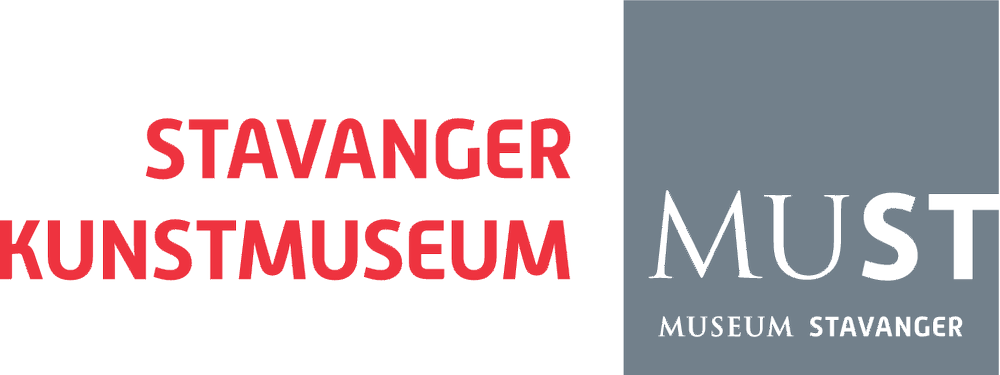Mona Orstad Hansen
Born 1976. Lives and works in Stavanger.
Mona Orstad Hansen says she is a nerd when it comes to painting. She immerses herself in it and this she has always done. Michel Majerus’s expressive works were an early source of inspiration, and when the contemporary art museum Hamburger Bahnhof presented a large solo exhibition shortly after Majerus’s death, she visited it several times. It is still fresh in her memory, so also the explosive force and eclectic expression in Majerus’s paintings. Orstad Hansen’s earlier works contain much of this playful and energetic expressiveness. She filled the canvases with colourful layers of paint that conjured the illusion of deep spaces within. These were powerful and rich in contrasts, with a surface that combined painterly and sensitive brushwork with a polished and cool expression.
Today the situation is quite different. Orstad Hansen’s ongoing research into painting and her curiosity for what it is and can be have led her down a different path. The explicit expressiveness has given way to a more minimalistic, stripped-down expression, and instead of constructing space within a painting, she turns it inside-out and pulls painterly elements out into the gallery space. The canvases themselves are untreated and relatively untouched, while certain sculptural objects are placed directly on the canvases or out in the room. The objects are seen as having a natural connection to the paintings, but the paintings – the foremost feature of which is that they are flat, two-dimensional surfaces – suddenly gain a three-dimensional aspect. This is an interesting and ambivalent intermediate level that Orstad Hansen is investigating, since the works still do not constitute an installation, but neither can they be classified only as paintings.
To work on raw canvas is a nerve-racking ordeal that does not allow the artist to make compromises when mistakes occur. In the painting Tillit (Trust), which is Orstad Hansen’s contribution to NN-A NN-A NN-A, paint has been applied with one long brushstroke. This means a solid dose of concentration was required for the execution – since the raw canvas gives her only one chance to get it right. A piece of wood with a little paint on it is placed directly up against the canvas. The wood stretches beyond the canvas’s lower edge and rests against the floor.
Orstad Hansen is interested in the painterly ‘gesture’ and describes the painting process as an almost meditative condition. Nowadays there is much talk of mindfulness, of flow-zones and authenticity, honest materials and one’s proximity to them. Despite these being ancient ideals in new wrapping, it is easy to situate them on the trend barometer along with digital detox, gastro-porridge and Kinfolk-idealism. But mental spaces such as these – in the form of absolute presence in the moment – are absolutely crucial for a work of art to emerge, emphasises Orstad Hansen. This is why there are sometimes ten failed attempts before she gets the feeling that flow, inspiration and presence finally stand in proper relation to one another and the final work suddenly appears.
The ‘painterly gesture’ has traditionally been associated with art history’s expressionist painters, with conspicuous brushstrokes on the canvas that stand as traces of the artist’s hand and temperament. We recall this being taken to the extreme and linked with performativity, for instance in Jackson Pollock’s drip-paintings and Yves Klein’s ‘Anthropometries’. But the painterly gesture can also have a subdued appearance that allows the artist’s intense concentration and absolute presence to shine through the work. Agnes Martin, another of Orstad Hansen’s sources of inspiration, was an artist who based her practice on these premises. Even though Martin’s work is often categorised as minimalistic – her visual expression includes monochrome grid-constellations and is perhaps closer to the minimalists – she felt more at home amongst the abstract expressionists because she shared their view of art. In contrast to the minimalists’ theory-laden preconditions and the ideal of erasing all traces of the artist, Martin’s art sprang from personal and spiritual inspiration. And even though Orstad Hansen does not share Martin’s spiritual starting point, she recognises her mentor’s way of relating to the precondition for art, which is of course inspiration. Art cannot be created by intellectual will alone: “Sometimes I must just resolve to do absolutely nothing, so that inspiration can suddenly arise”, she says.
Text by: Maiken Winum


